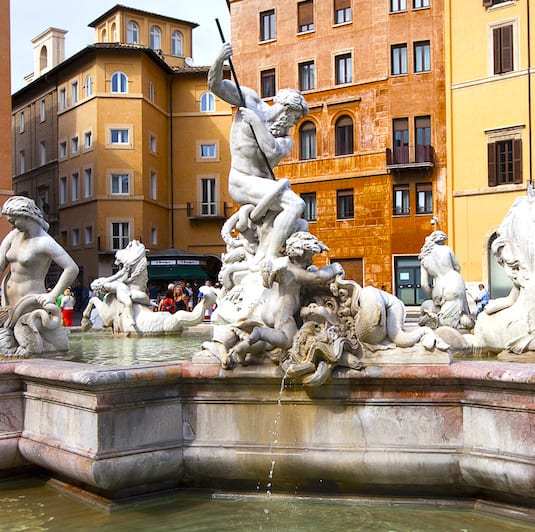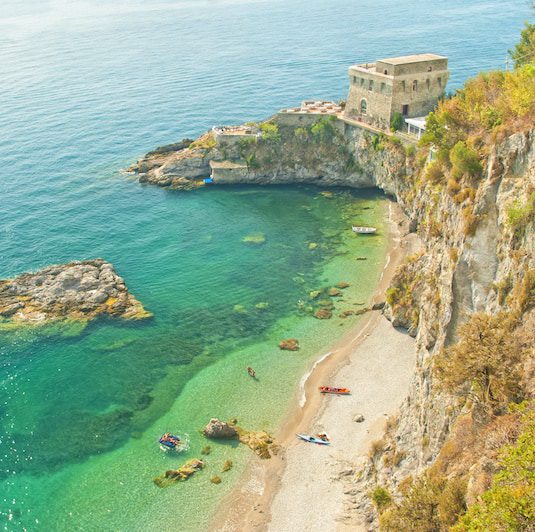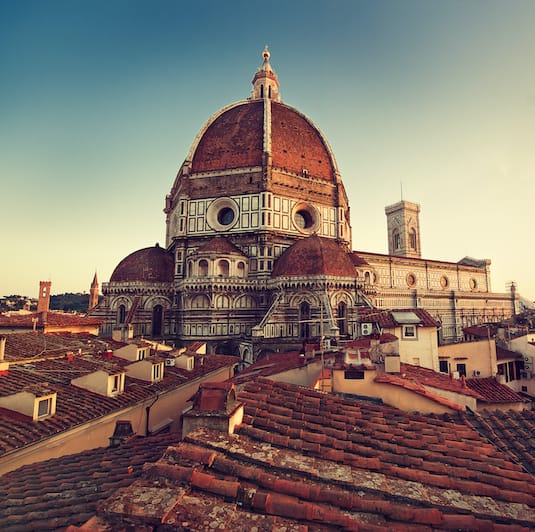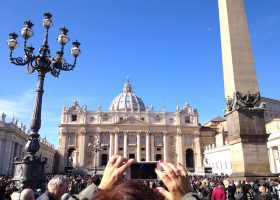Within hours of a Pope passing away, plans are set in motion for one of the most carefully orchestrated transitions in modern religion. From global mourning to secret ballots in the Sistine Chapel, here’s your straightforward guide to the papal conclave, what happens when a pope passes away, and how the next one is chosen.
Skip To What You Came Here For:
- Step-by-Step Guide to What Happens After a Pope Passes Away
- What is a Papal Conclave?
- How is a New Pope Chosen?
- Who Can Vote in the Conclave?
- How Long Does the Conclave Last?
- What is the Significance of the White Smoke?
Step-by-step guide to what happens when a Pope passes away:
- The Pope’s death is formally confirmed, and the “sede vacante” (vacant seat) period begins.
- The Fisherman’s Ring, a symbol of papal authority, is broken to prevent forgery.
- His private apartments are sealed and his belongings secured.
- The Camerlengo, Cardinal Kevin Farrell, takes over the administrative duties of the Vatican.
- The Pope’s body is embalmed and prepared for public visitation.
- A lying-in-state takes place in St. Peter’s Basilica, allowing the public to pay their respects.
- A state funeral is held in St. Peter’s Square, typically attended by heads of state and televised globally.
- The body is entombed—for Pope Francis, this is at the Basilica di Santa Maria Maggiore.
- The Novemdiales, a nine-day period of mourning, is observed.
- The Conclave begins within 15 to 20 days after death.
- Cardinals vote until one receives a two-thirds majority.
- Black smoke signals inconclusive votes; white smoke announces a new Pope.
- The senior Cardinal Deacon proclaims “Habemus Papam”—”We have a Pope!”
What is a Papal Conclave?
The conclave is the secretive and highly ceremonial process of electing a new Pope. The word “conclave” comes from the Latin cum clave—”with a key”—referring to the literal sealing of the voting cardinals inside the Sistine Chapel until a decision is reached.
INTERESSANTE FACT: Where does the word “Conclave” mean? In 1268, the cardinals could not agree on a new pope. Locals yearned for a religious leader. So, they locked the Cardinals into a room, removed the roof, and put them on a strict diet of bread and water. Many say they reduced their food and water rations daily, and within a few days, a new Pope was elected! This kickstarted the tradition of seclusion and pressure that defines the modern conclave or con chiave which in Italian means “with keys”!
How is a new Pope chosen during the Papal Conclave?
- Cardinals under the age of 80 are summoned to Rome to cast their votes.
- Up to four ballots are held each day—two in the morning and two in the afternoon.
- Voting continues until one candidate receives a two-thirds majority.
- All votes are cast and counted in the Sistine Chapel.
- After each round of voting, the ballots are burned in a special stove.
- Chemicals are added to the stove to produce colored smoke: black for inconclusive results, white for a successful election.
Who can vote in the Papal Conclave?
Only cardinals under the age of 80 at the time the Pope passes away are eligible to vote. This year, 135 cardinal-electors are eligible. All must swear an oath of secrecy before the conclave begins and are isolated from the outside world for the duration.
Tired of Reading? Listen to our Papal Conclave podcast episode for all the juicy details!
How long does the Conclave last?
There’s no set length, but according to canon law, the conclave must begin 15 to 20 days after the Pope’s death. That can last an infinite amount of time, but in the last 100 years, it hasn’t taken more than 3 days, a few days, or several weeks.
What is the significance of black and white smoke?
After each round of voting, ballots are burned in the Sistine Chapel. Black smoke means no Pope has been chosen; white smoke signals that a two-thirds majority has been reached and a new Pope has been elected.
The signal is visible from St. Peter’s Square. The Pope is then presented to the world from the balcony of St. Peter’s Basilica facade. The traditional Latin announcement, Habemus Papam, follows this.
Their traditional Christian name is announced for the last time, followed by their new pontifical title. This would be done by the Cardinal Portodeacon; currently Cardinal Dominique Fraçois Joseph Mamberti
Need to know Papal Conclave terms
• Sede vacante: “Vacant seat” period between popes.
• Camerlengo: Administers Vatican during vacancy (Cardinal Kevin Farrell).
• Novemdiales: Nine‑day mourning liturgy series.
• Scrutiny: Single round of ballot counting.
• Habemus Papam: “We have a Pope!
Planning a visit to Rome?
Whether you’re booking flights or just bookmarking ideas, now’s the perfect time to start planning a Vatican visit. From how to visit Vatican City and St. Peter’s Basilica to our picks for the best Vatican tours in 2025, we’ve got you covered. Oh—and if you want a cheat sheet for what to look out for inside the Basilica itself, we’ve listed our top things to see too.
Here’s Where To Stay in Italy’s Most Popular Destinations
Rome, Florence, Venice, Amalfi Coast, and Capri





